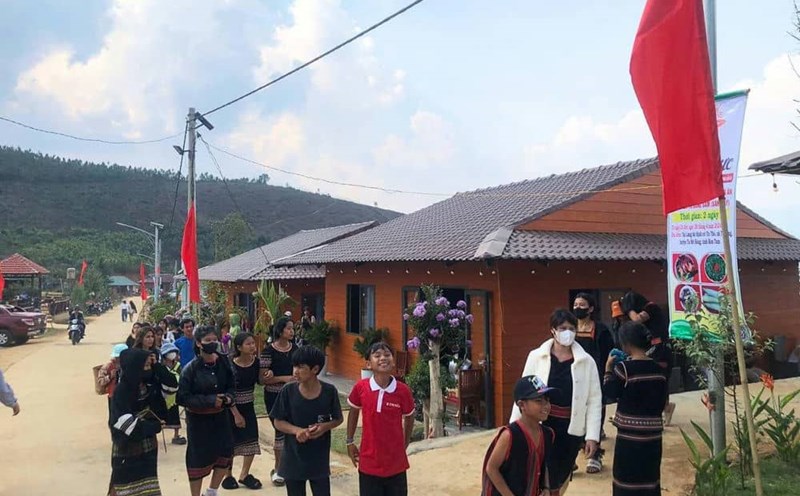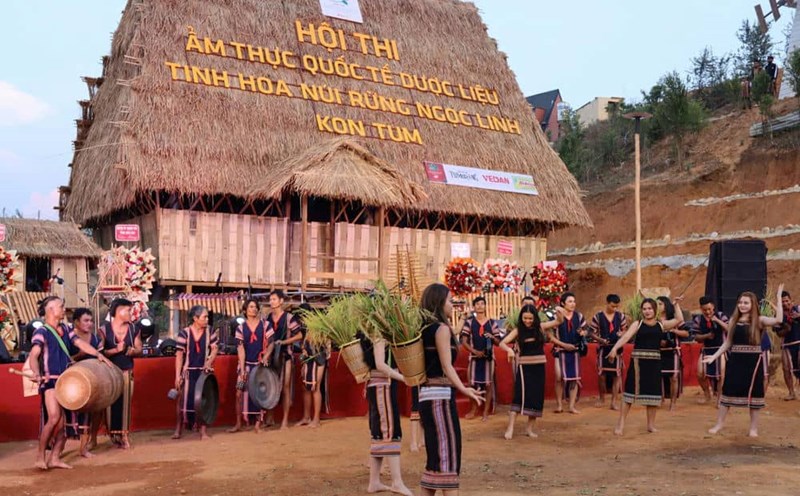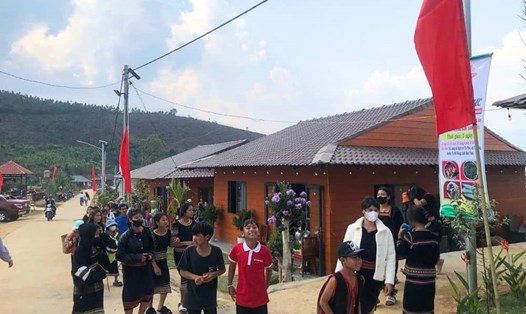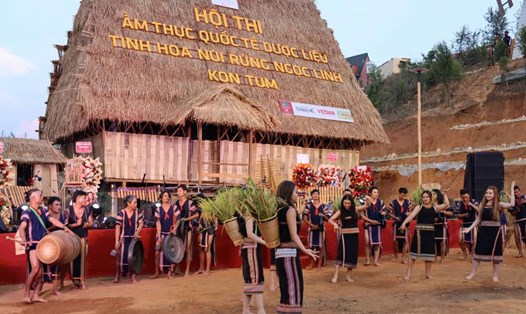Tu Mo Rong land (Kon Tum) is known as the capital of medicinal herbs, the homeland of the precious Ngoc Linh ginseng.
Previously, mountainous people mainly cultivated upland fields, collected forest products and faced many difficulties. Thanks to the policy of developing Ngoc Linh ginseng and medicinal herbs on a scale of thousands of hectares, people's lives have gradually improved.
Currently, the whole Tu Mo Rong district has developed 2,400 hectares of Ngoc Linh ginseng and continues to expand in Mang Ri, Te Petrol, Ngoc Truyen, Dak Na communes ...
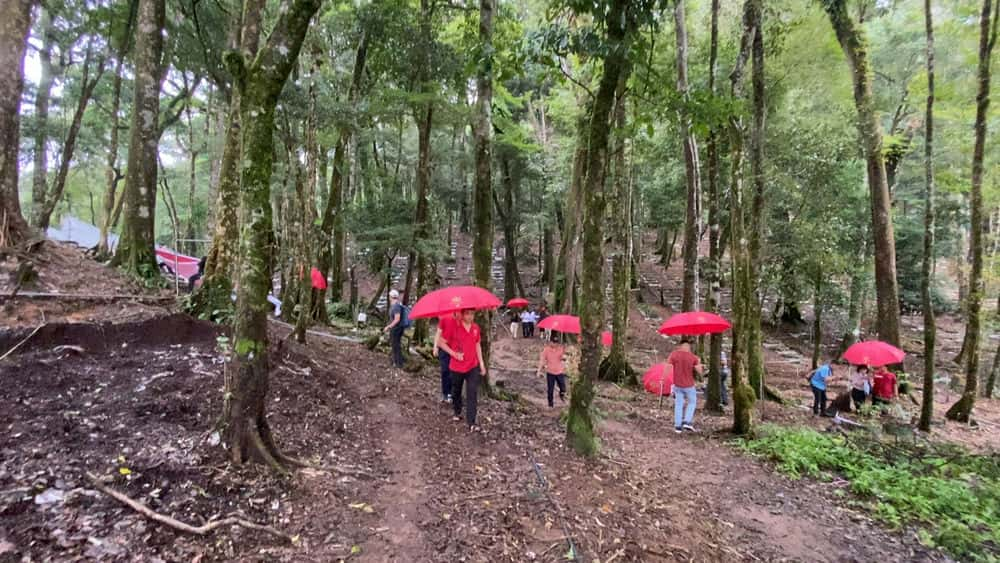
According to the People's Committee of Tu Mo Rong district, people not only have income from selling Ngoc Linh ginseng and planting with businesses but also benefits from tourists to visit.
Mr. A Bu (Te Gilod commune) shared: “Many delegations from Hanoi, Ho Chi Minh City, Binh Duong ... visit ginseng garden and local landscape. They can choose to buy quality Ngoc Linh ginseng at a reasonable price, no need to buy online. Tourists come to play, mountainous farmers have more income, ”Mr. A Bu said.
In recent years, the primeval forest on Ngoc Linh series has attracted thousands of visitors thanks to the fresh, cool air and hundred -year -old ancient trees.
Ms. Mai Thi Thu, tourists from Binh Duong, shared: “Coming to Tu Mo Rong, I and my friends are discovering nature, medicinal herbs and the life of rich identity of the people. Most importantly, seeing the ginseng roots and medicinal herbs growing under the rotting grass, being taken care of by the people every day. ”
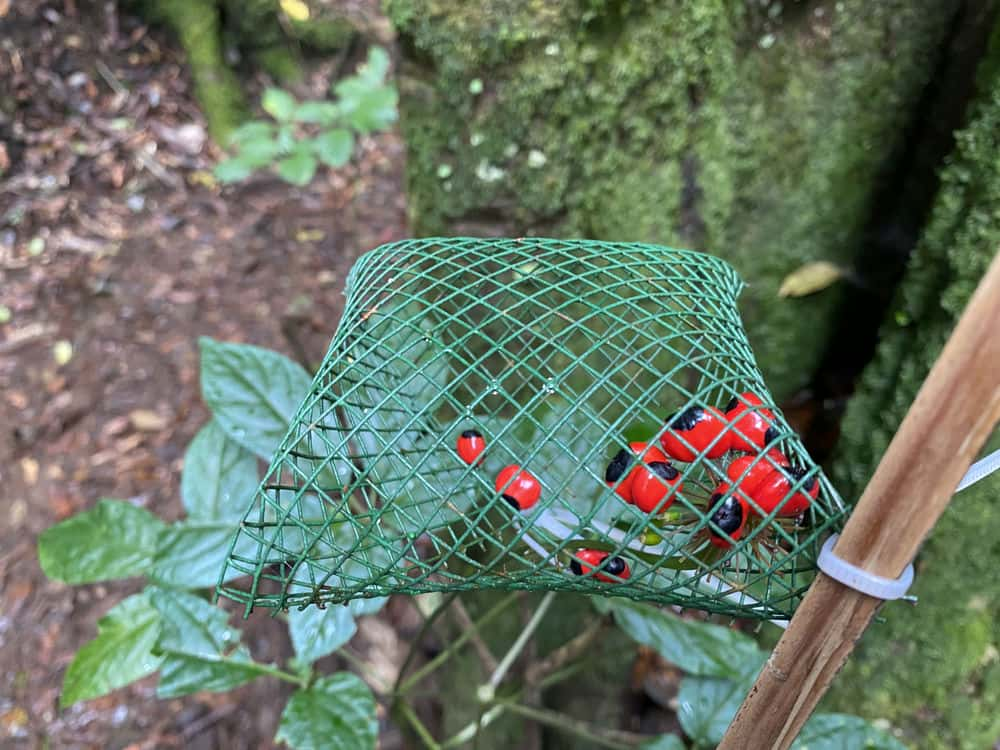
Currently, Tu Mo Rong district and people develop economic and tourism from medicinal plants. However, the locality is also associated with the protection of forest and preserving traditional cultural values such as gongs, communal houses, sinus dance dancing with the great highlands of the Central Highlands.
Local authorities also linked tourism with big cities, building a resort, homestay, planting Bulgarian roses and organizing an international culinary contest from medicinal herbs.
Thereby, the locality expected tourism to take off from the land known as the capital of medicinal materials.


